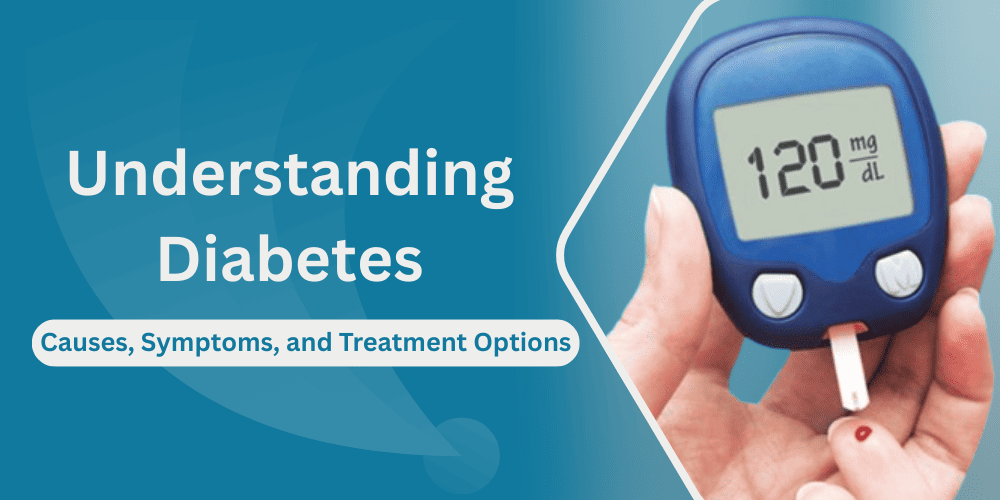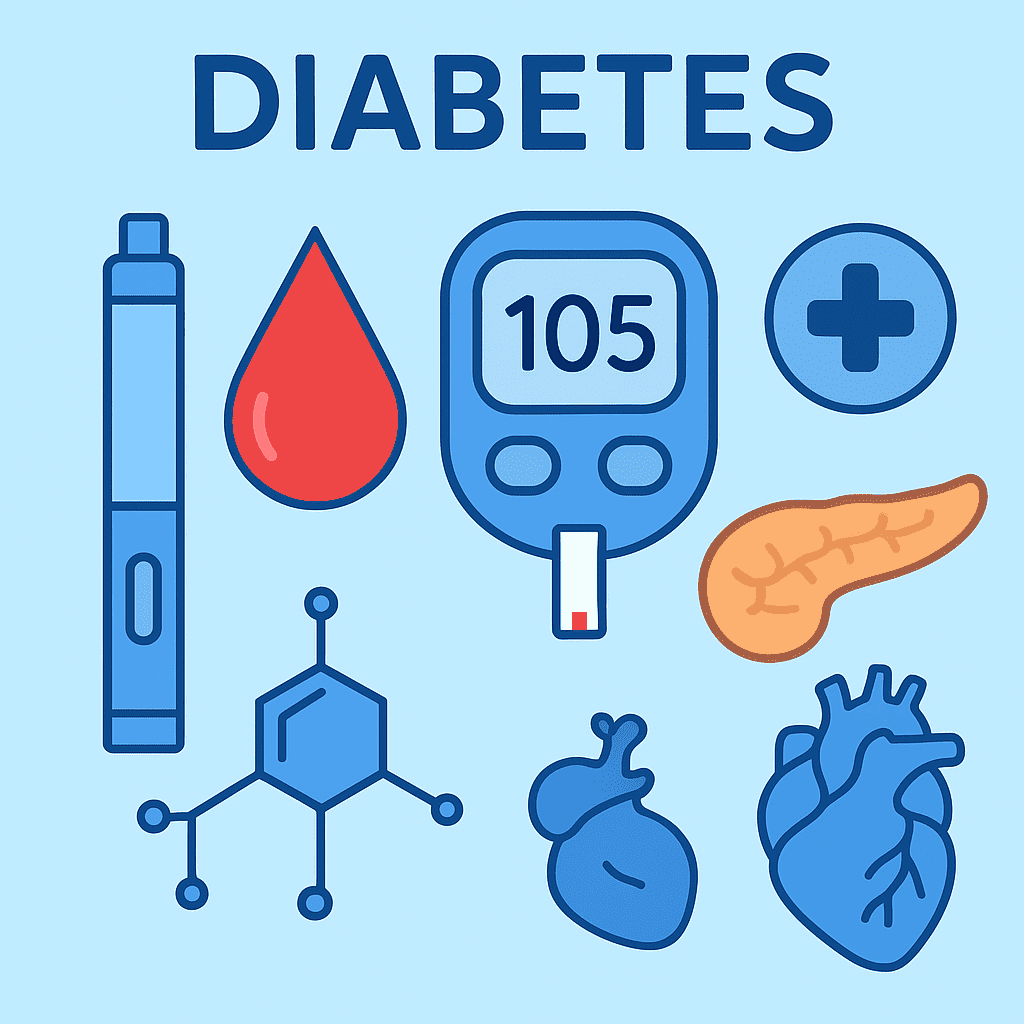Controlling diabetes involves a combination of lifestyle changes and medical management:
Maintain a healthy weight: Losing even 5–7% of body weight can significantly improve blood sugar control.
Exercise regularly: Aim for 150 minutes of moderate activity per week to boost insulin sensitivity.
Eat a balanced diet: Focus on whole grains, lean proteins, vegetables, and healthy fats while limiting sugar and processed foods.
Monitor blood sugar levels: Track your glucose to understand how food, activity, and medication affect it.
Stay hydrated: Drinking water helps regulate blood sugar naturally.


